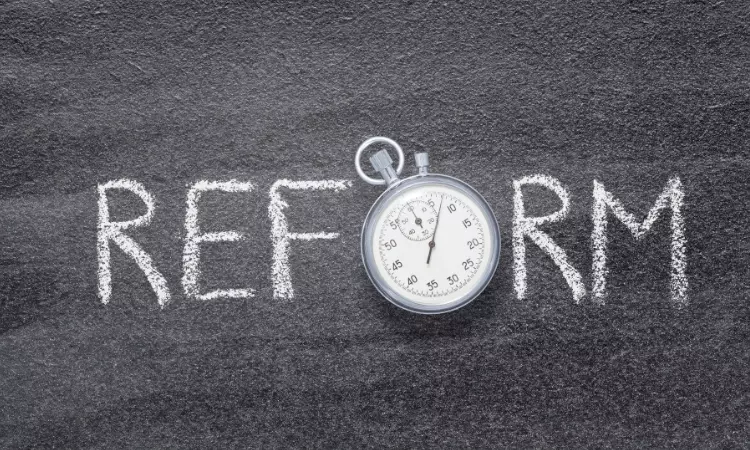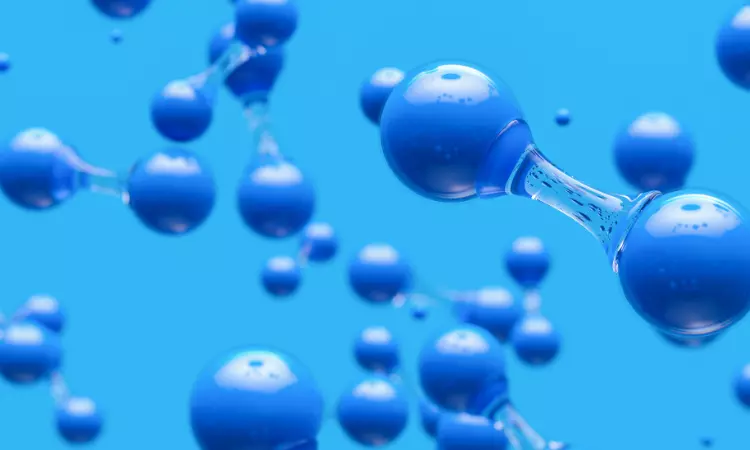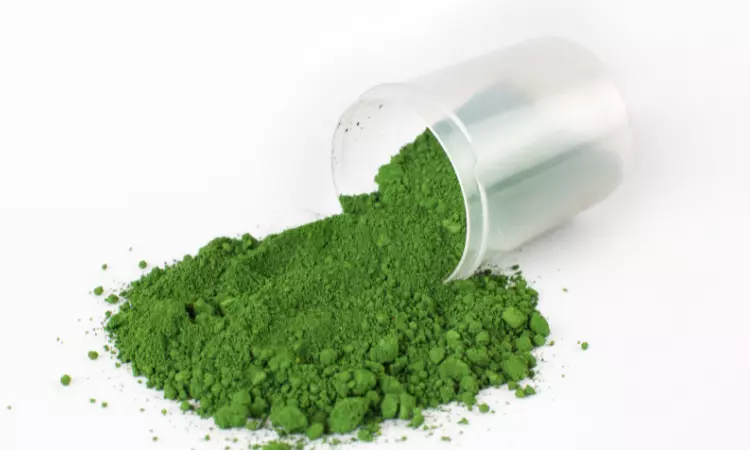Procurement Resource Analyses the Production Cost of Reformate in its New Report
Analyses Overview of The New Production Cost Report of Reformate
The new report by Procurement Resource, a global procurement research, and consulting firm, looks in-depth into the costs involved in the production of Reformate. The comprehensive report analyses the production cost of the material, covering the raw material costs and co-product credit, equipment costs, land and site costs, labor wages, maintenance costs, financing charges, and depreciation costs. The extensive study describes the stepwise consumption of material and utilities along with a detailed process flow diagram. The report also assesses the latest developments within the industry that might influence Reformate production cost, looking into the capacity expansions, plant turnarounds, mergers, acquisitions, and investments.
Product Definition:
The term “reformate” refers to a gasoline blending stock produced by catalytic reforming. This is a refining method in which hydrogen and mixed catalysts facilitate the rearrangement of lower octane naphthene into higher octane compounds with no appreciable carbon number decrease. During catalytic reforming, the catalysts and operating conditions used impart specific kinetic requirements that result in the formation of reformates with slightly different compositions. The petrochemical sector uses reformate as a major source of aromatics. Reformate is an important source of feedstock for the petrochemical industry since it contains considerable volumes of benzene, toluene, and xylene. Hydrogen is one of the by-products of reforming, and it is used in a variety of different refining procedures or sold for other commercial purposes. Bulk aromatic compounds such as benzene, toluene, xylene, and ethylbenzene are also obtained from the reformate. These compounds are used to make polymers as a raw material.
Factors Impacting the Reformate Production Cost:
Increased demand for high-octane gasoline and hydrogen gas as a byproduct, as well as increased efforts by numerous governments to promote clean energy, are two of the key drivers for this industry. The market, on the other hand, is constrained by the difficulty of maintaining the reactor heater outlet temperature, which is required to assure the quality of the end-products. The corporation suffers a large financial loss if the reforming unit is shut down unexpectedly, as the production of other dependent units suffers as well.
Procurement Resource Assessment of Reformate Production:
The production cost report by Procurement Resource assesses the production of Reformate from LPG via Cyclar Process. Liquefied petroleum gas (LPG) is converted directly into a liquid aromatic product using the cyclar method. To begin, the paraffin feed is dehydrogenated into mono-olefins. The olefins then immediately oligomerize under reaction conditions, forming massive intermediates that promptly cyclize to naphthenes. Finally, naphthenes are dehydrogenated to aromatics, culminating in the synthesis of reformate.
The expenses of producing Reformate from naphtha via a semi-regeneration method are also examined in this study. Treated naphtha feed is mixed with recovered hydrogen gas and heat exchanged against reactor effluent in a typical semi-regenerative reforming machine. The combined feed is then heated in the charge heater to reaction temperature before being transferred to the reactor section. Down-flow or radial-flow reactors are stacked one on top of the other in a traditional side-by-side configuration. At reaction conditions, the catalyst deactivates over time. The unit is turned off, the reactors are purged of hydrocarbons, and the catalyst is renewed once the catalyst has deactivated to the point where the desired product can no longer be attained.
Also Read – Reformate Production from Naphtha via Catalyst Regeneration Process
In addition, the economics of reformate production from naphtha using a catalytic reforming method are presented in this paper. The re-arrangement or re-formation of the hydrocarbon molecules in the naphtha feedstock occurs during this process. In the catalytic reforming of naphtha feeds, heavy straight run naphtha is incorporated, turning low octane naphtha into high-octane motor gasoline blending stock and aromatic-rich in benzene, toluene, and xylene (where hydrogen and liquefied petroleum gas are by-products), resulting in reformate.
Furthermore, the research also shows how to make reformate from naphtha using a continuous catalyst renewal technique. The catalyst flows from the top reactor to the bottom reactor owing to gravity when the reactors are stacked. To complete the catalyst circulation cycle, a partly deactivated catalyst is continually withdrawn, transported to the CCR regenerator from the bottom of the reactor stack, regenerated, and then transferred back to the top of the first reactor. The naphtha feed is heat exchanged with the reactor effluent after being combined with recovered hydrogen gas. The intermixed feed is heated to reaction temperature by the charge heater before being supplied to the first reactor section. The final reactor’s effluent is heat exchanged with the intermixed input, cooled, and then separated into vapor and liquid products using a separator, resulting in reformate.
About Us:
Procurement Resource ensures that our clients remain at the vanguard of their industries by providing actionable procurement intelligence with the help of our expert analysts, researchers, and domain experts. Our team of highly seasoned analysts undertake extensive research to provide our customers with the latest and up-to-date market reports, cost-models, price analysis, benchmarking, and category insights, which aid in simplifying the procurement process for our clientele. We work with a diverse range of procurement teams across industries to get real-time data and insights that can be effectively implemented by our customers. We also track the prices and production costs of an extensive range of goods and commodities, thus, providing you with the updated and reliable data. We, at Procurement Resource, with the help of the latest and cutting-edge techniques in the industry, help our clients understand the supply chain, procurement, and industry climate, so that they can form strategies which ensure their optimum growth.
Contact Us:
Company Name: Claight Corporation
Contact Person: Chris Smiths
Email: sales@procurementresource.com
Toll Free Number: USA & Canada: +1-415-325-5166 | Europe & Africa: +44-702-402-5790 | APAC: +91-8586081494
Address: 30 North Gould Street, Sheridan, WY 82801, USA
Blog – https://procurementresource.blogspot.com/
Website: https://www.procurementresource.com/



